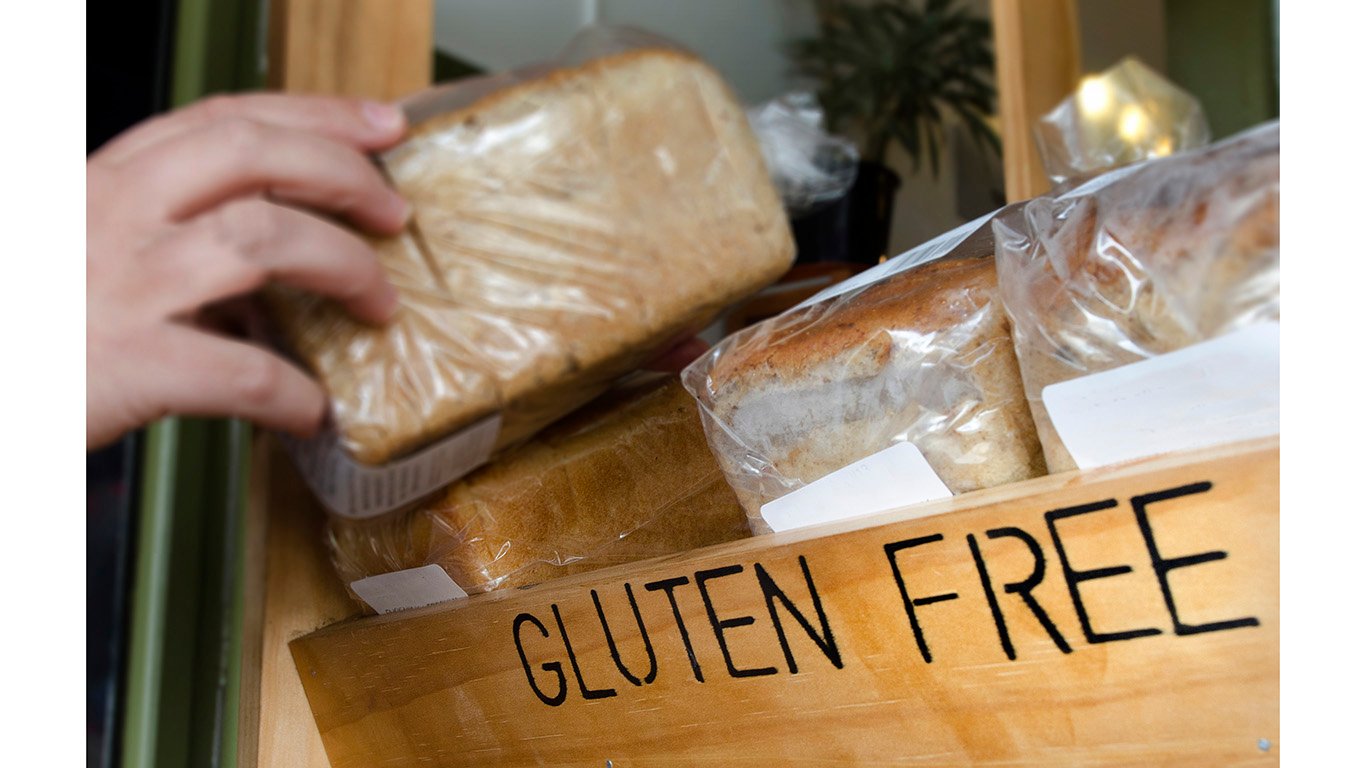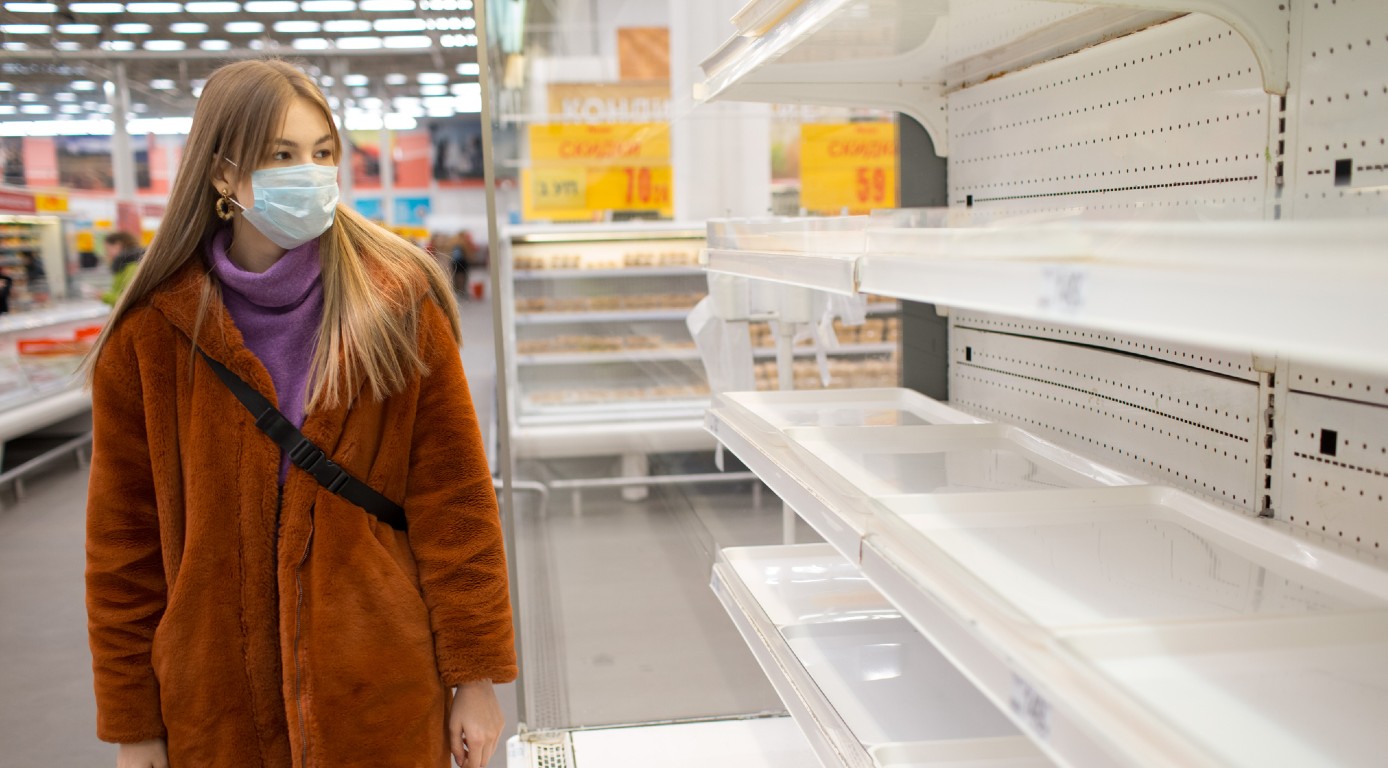

Some states have started to lift stay-at-home orders, but most of America is still on lockdown and communities still rush to stock up on food in response to the coronavirus pandemic. This creates a problem for people with food allergies as products they need are hard to come by.
Without access to certain brands,people with food allergies and special dietary needs have fewer options than ever and may have to go to great lengths to find items that won’t cause a reaction. Some of the strategies may actually increase their risk of being exposed to COVID-19, the disease caused by the new coronavirus. As of May 6, more than 1.2 million cases had been confirmed in the United States.
24/7 Tempo reviewed information for people with food allergies from several sources, including Food Allergy Research & Education, to compile a list of 11 struggles people with life-threatening food allergies or special dietary needs face as a result of food shortages in grocery stores.
Whether people physically go to the store or use a delivery service to bring groceries to their doorstep, it’s important, now more than ever, to shop smart. That means minimizing trips to the store or cutting down on home deliveries by stocking up on foods that have a long shelf life – these are 20 fast-spoiling foods not to buy during the pandemic.
Click here for 11 struggles people with food allergies are face during the pandemic.
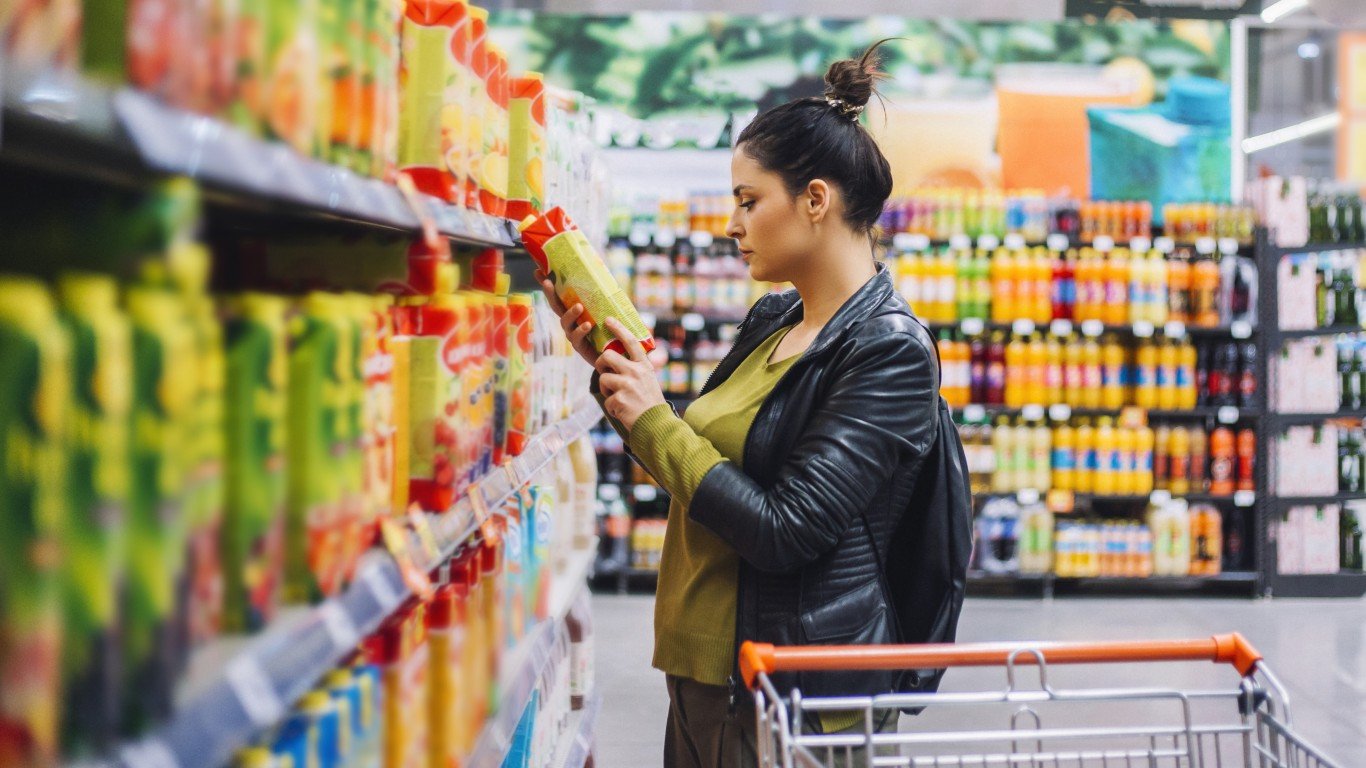
1. Vetting new and unfamiliar foods
People with food allergies already have a restricted diet, and the current pandemic has limited their diet even more as shelves are consistently empty in stores. This means allergy sufferers have to find alternative foods that may be unfamiliar. The FDA requires food manufacturers to list eight common food allergens — milk, eggs, fish, shellfish, tree nuts, peanuts, wheat, and soybeans. There are people allergic to ingredients that don’t have to be listed on food labels. The presence of uncommon allergens like sesame are sometimes hidden under vague descriptions like “natural flavors.” Seafood, eggs, and dairy products may also be a source for natural flavor or flavoring.
[in-text-ad]

2. More time and work making meals from scratch
When people with food allergies can’t find a safe food and takeout is not an option because of unknown cooking methods and ingredients, it’s time to cook. The coronavirus pandemic has fueled cooking from scratch and home baking, according to a survey by AMC Global, a market research firm.
Even if all the necessary allergy-friendly ingredients are available, preparing meals three times a day, every day, can be stressful. It’s not just the cooking, it’s the cooking, serving, and cleaning up — in addition to working from home — that makes cooking from home more often challenging.
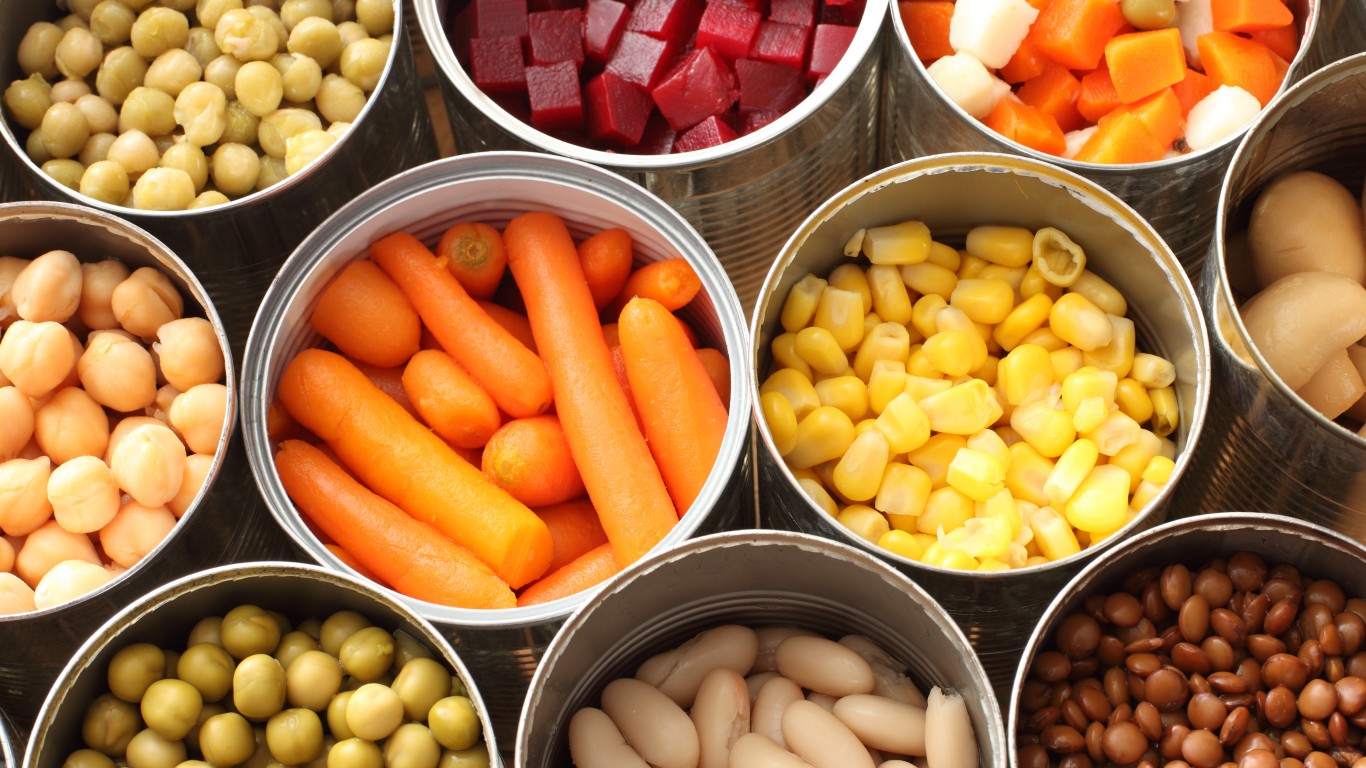
3. Food options limited to cans only
If cooking several times a day is not an option and grocery stores are out of allergy-friendly foods, canned foods are a possible food choice. But be aware of certain sulfites that are often used in canned foods in order to preserve the food. Sulfites can cause allergy-like reactions, including wheezing in people with asthma and skin rashes.
There is a downside: meats, fruits, vegetables, soups, and legumes in a can are popular non-perishables that people have been storing during the pandemic. So eating more canned foods means you’re depleting your food stockpile quickly.

4. Calling manufacturers to clarify vague labeling
The labels of packaged foods containing allergens other than the common eight — milk, eggs, fish, shellfish, tree nuts, peanuts, wheat, and soybeans — are not required to be in compliance with the law. The FDA recommends to people who are allergic to other foods to contact the appropriate USDA agency regarding the labeling of such products. People can also email food companies to find out all the ingredients and manufacturing procedures.
[in-text-ad-2]
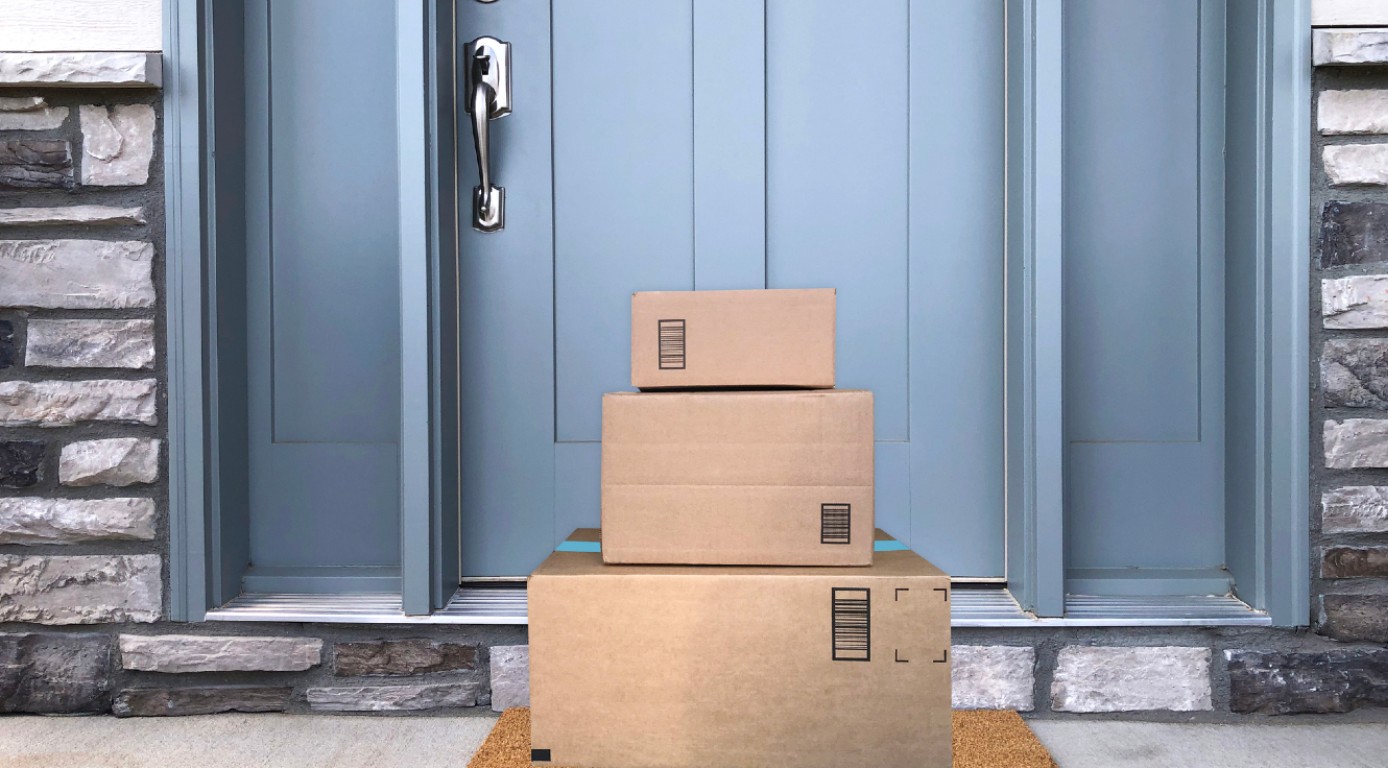
5. Getting food shipped from other cities
The demand for food shopping at retail locations is at unprecedented high levels. There are spot shortages caused by panic buying. Allergy-friendly foods that are not available in one store or city or state may be available in another and can be shipped. Some people with food allergies have even turned to social media to ask friends and family to be on the lookout for certain items so they can order and ship the items.

6. Gluten-free foods may be in even shorter supply
With most of the U.S. under stay-at-home orders until recently, Americans have rediscovered the art of baking, making flour a hot commodity. When baking bread is not an option due stores running out of flour, the next best alternative for fresh bread is the one from the store. This may put people with celiac disease at risk. Given food shortages, stores may have limited options of gluten-free food.
[in-text-ad]

7. Even more outings for groceries
Trips to the grocery store have become riddled with stress not just because of food shortages, but also because of social distancing rules and the fear of contracting COVID-19. People with food allergies may have to deal with the stress more often as they may have to venture out to several grocery stores at various times in the day to increase their chances of arriving after a restock and finding the foods that are safe for them. While they won’t be breaking the law because food shopping is allowed under stay-at-home orders, they do face a higher risk of exposure to COVID-19.
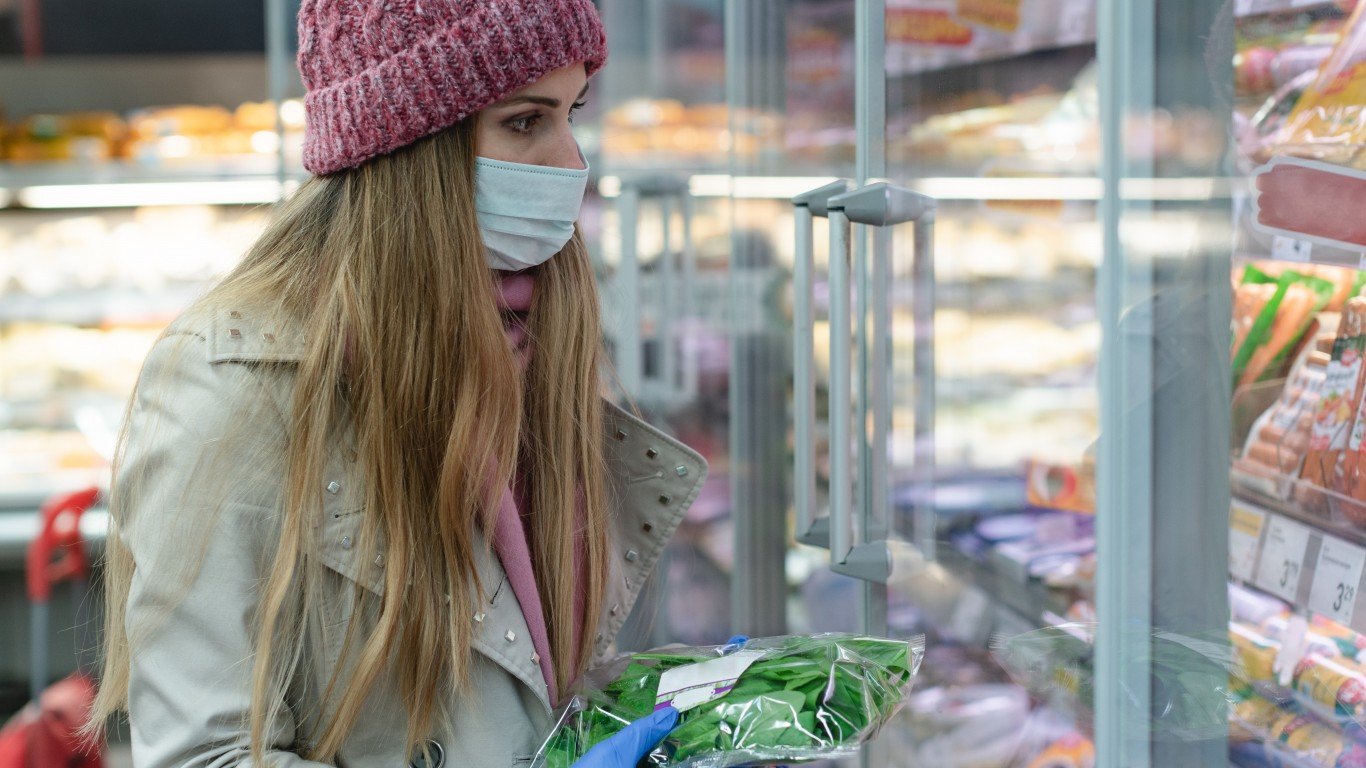
8. Higher likelihood of shopping at smaller, more crowded stores
When giant retail stores run out of food items, customers go to smaller grocery stores in the neighborhood. While they may be easier to navigate for some, they have more people moving around in less space, making physical distancing challenging. Some stores have started to restrict how many shoppers can go inside and make them wait outside keeping 6 feet apart.
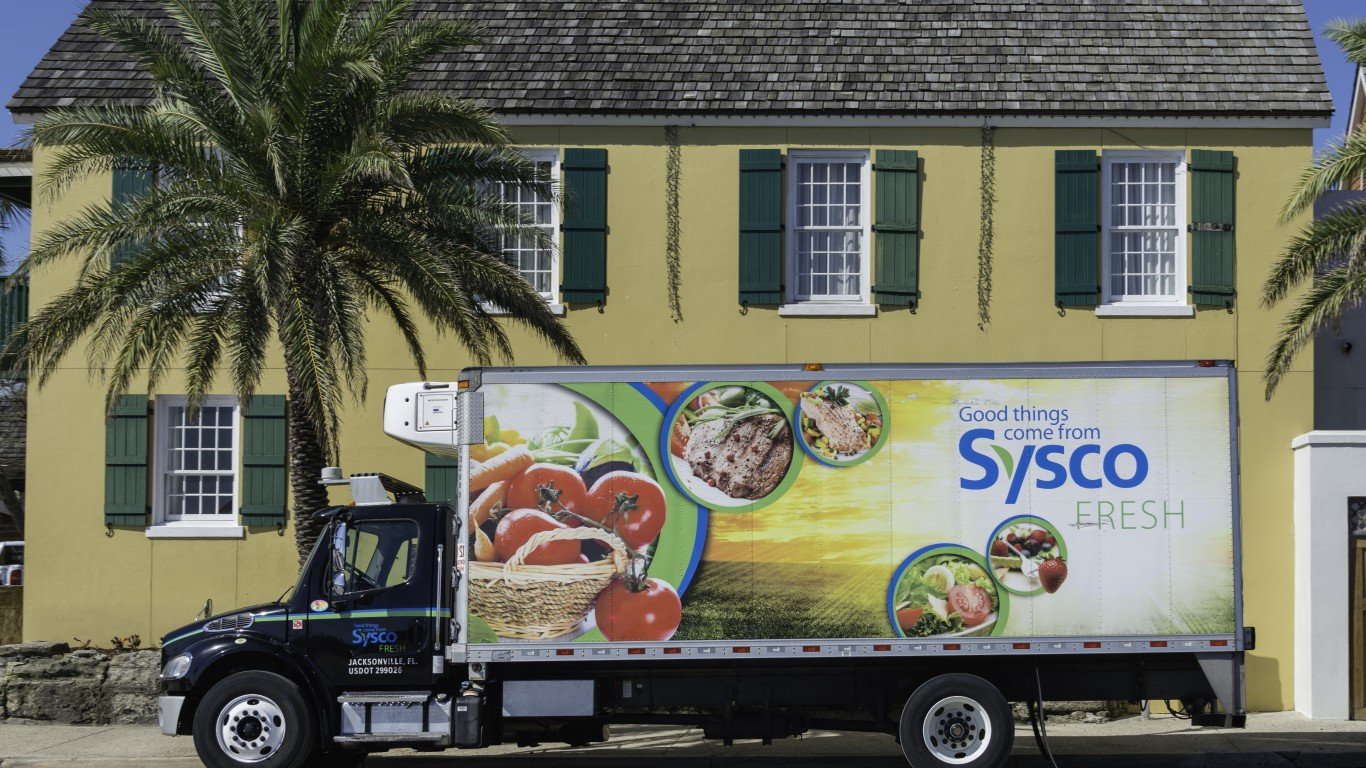
9. They risk depending on unfamiliar delivery services
Food delivery services have surged during the pandemic as people stay inside, doing their part in flattening the curve. People who have not used such service before may have started to as a way to minimize the risk of contracting the novel coronavirus. The problem is that sometimes grocery delivery services substitute items that are currently unavailable, possibly creating a health risk for customers with food allergies.
[in-text-ad-2]
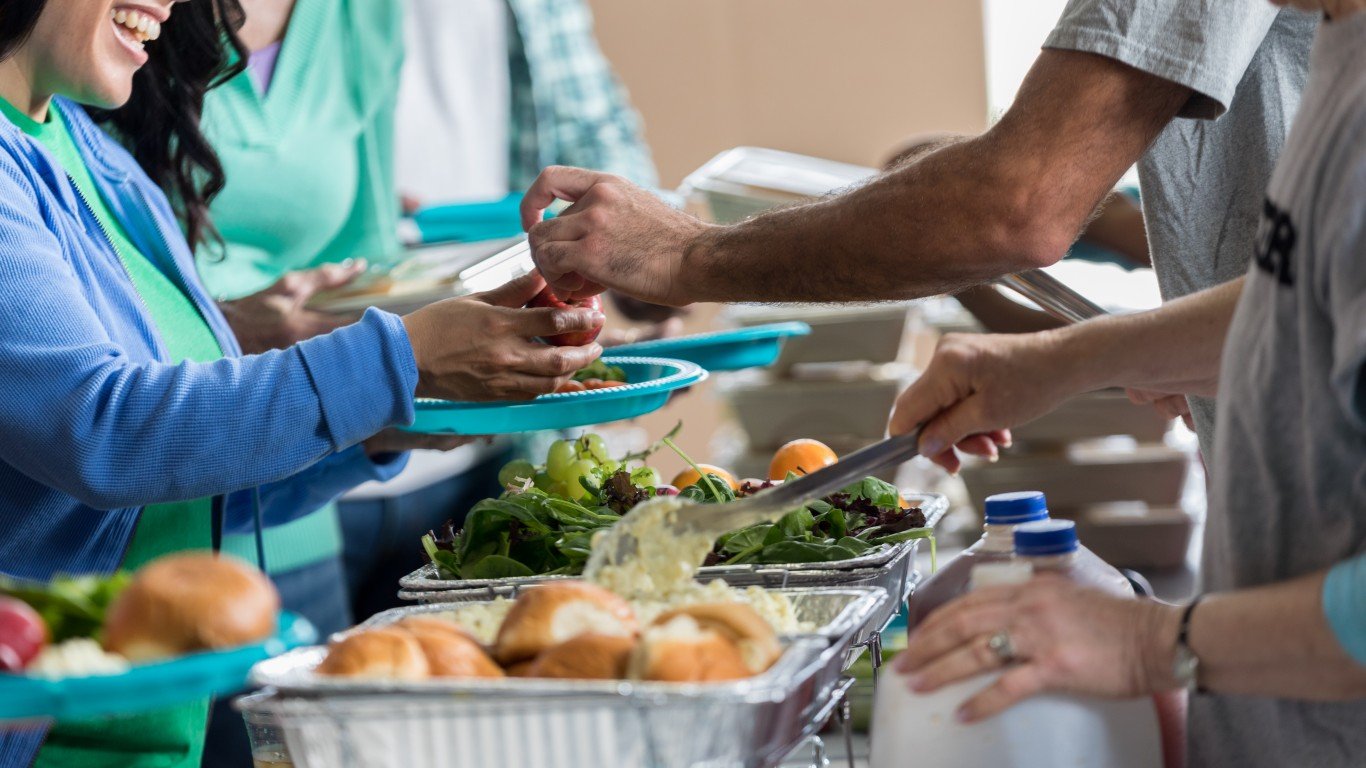
10. Meal programs are usually not an option
As millions of Americans have lost their jobs during the pandemic, many have turned to food banks to help feed their families. However, even if food banks and other meal programs were not being stretched thin, they may not be an option for people with food allergies. They often don’t have volunteers and resources to provide food that doesn’t contain any of the common allergens.
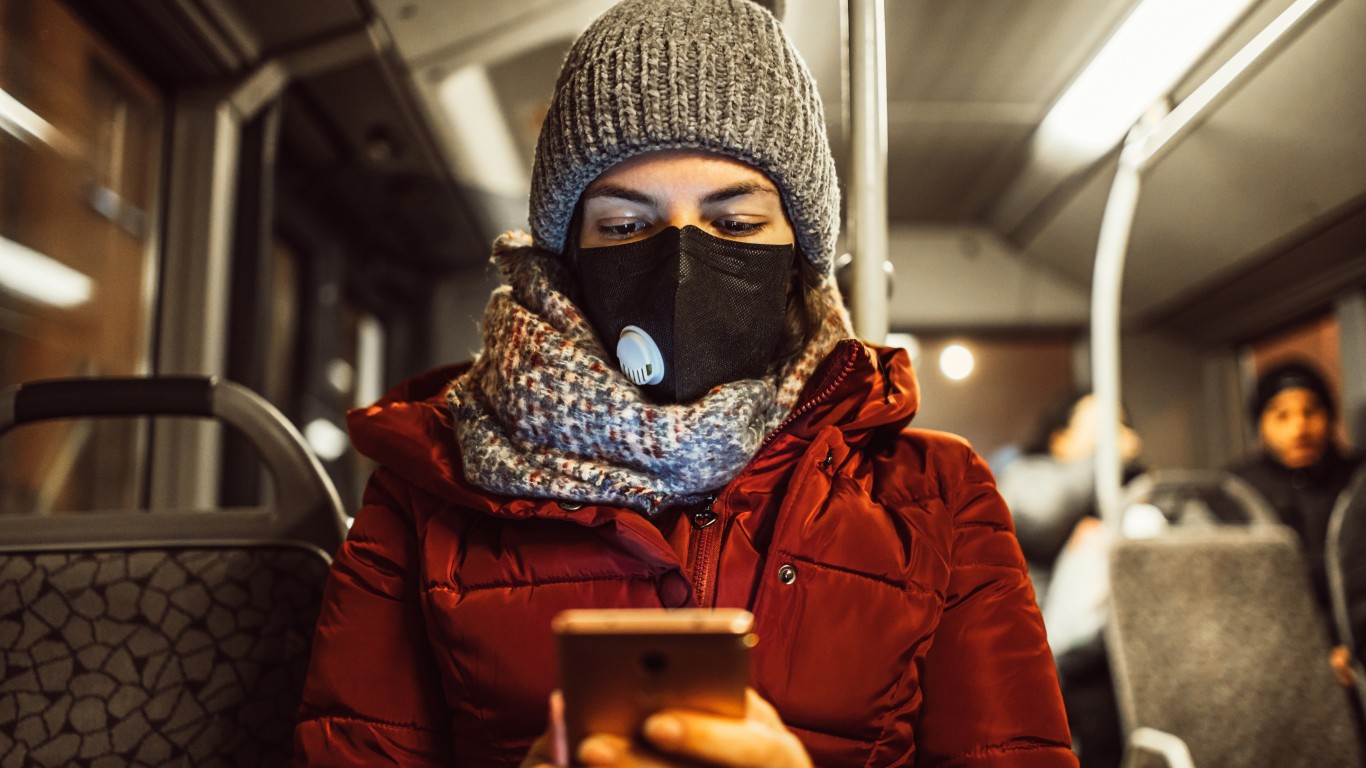
11. Information overload
Dealing with food shortages when already having limited food options can be very stressful, and people have different coping mechanisms. Some focus on finding as much information as possible because it helps them to make plans and feel in control. However, seeking out information may also lead to information overload, and thus increased anxiety, according to Gia Rosenblum, a licensed psychologist who spoke to Food Allergy Research & Education. A good strategy is to choose one reputable media source to check every day.
Sponsored: Want to Retire Early? Here’s a Great First Step
Want retirement to come a few years earlier than you’d planned? Or are you ready to retire now, but want an extra set of eyes on your finances?
Now you can speak with up to 3 financial experts in your area for FREE. By simply clicking here you can begin to match with financial professionals who can help you build your plan to retire early. And the best part? The first conversation with them is free.
Click here to match with up to 3 financial pros who would be excited to help you make financial decisions.
Thank you for reading! Have some feedback for us?
Contact the 24/7 Wall St. editorial team.
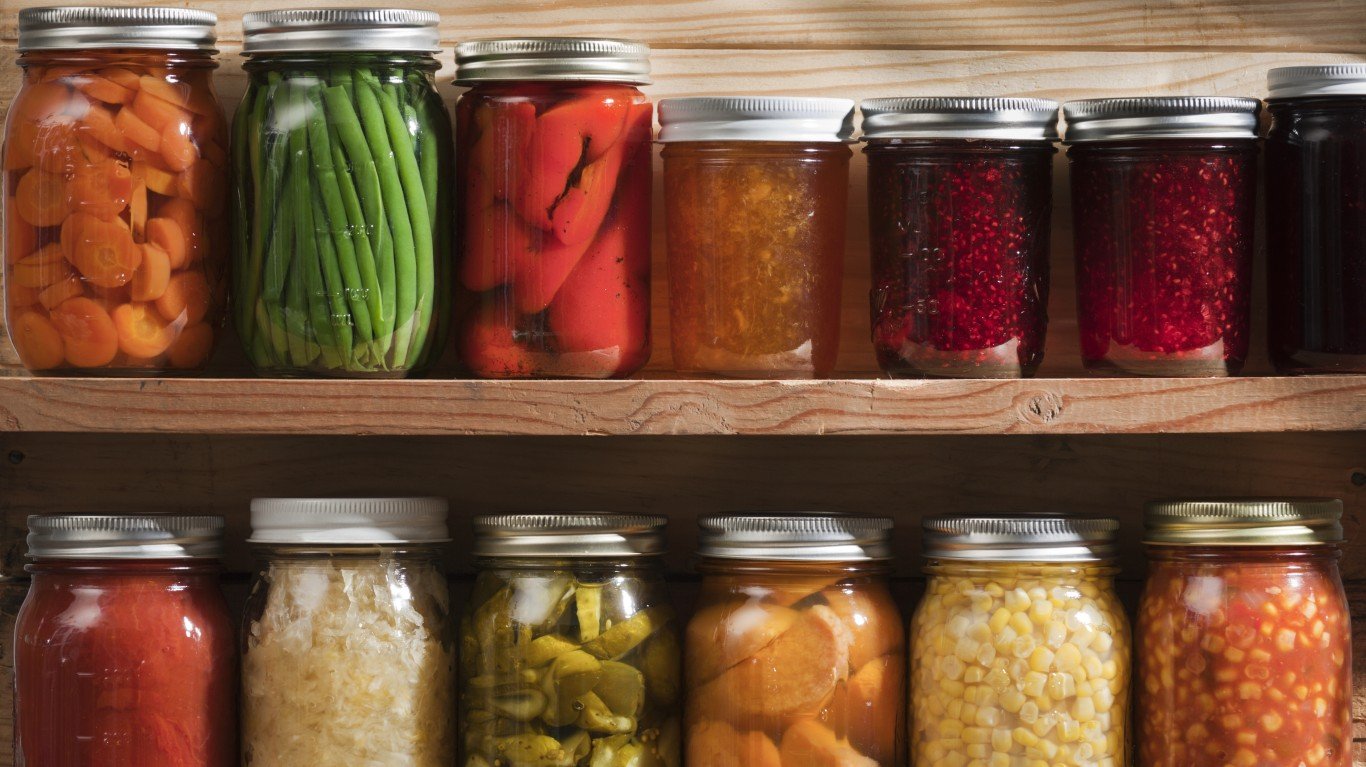 24/7 Wall St.
24/7 Wall St.
